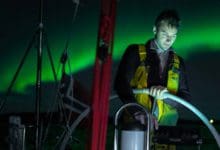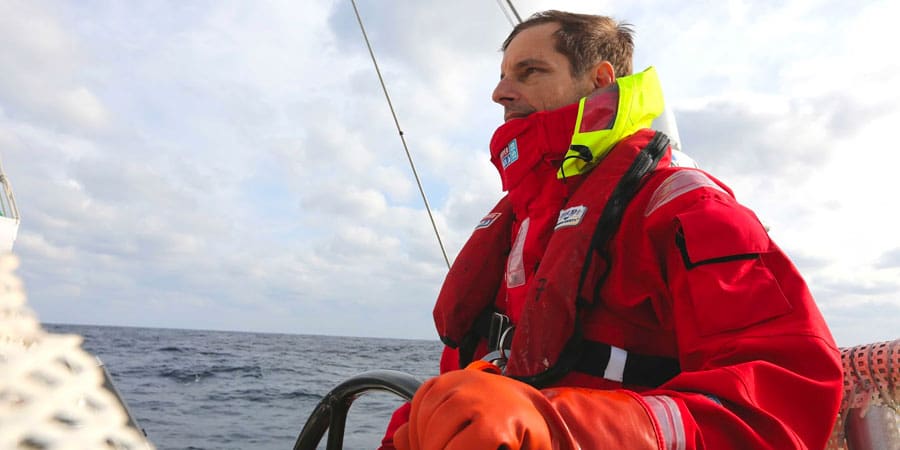This video was shot during a sailing trip in the Stavanger region in southern Norway. It features the sail boat Barba and her crew on a typical adventure, exploring nature and interacting with the elements in spectacular surrounds.
The journey began in the Kvitsøy archipelago with seal encounters and diving. Then we set off into the legendary Lysefjord, where we climbed the Flørli stairs and later completed a successful paraglider flight off one of the best-known landmarks in Norway, the 1000 meter tall Kjerag massif.
You can discover more videos of Barba sailboat here or follow the blog Barba.no
Situated on the south west coast of Norway, Stavanger’s climate is greatly influenced by the temperate water in the North Sea, and Atlantic lows giving mild westerlies also in winter. This creates warmer temperatures throughout the year compared to other cities at similar latitudes, and also gives plentifully precipitation in the form of rain, especially in late autumn and winter. According to Köppen climate classification, Stavanger experiences a temperate oceanic climate (Cfb) with five months with a mean temperature above 10 °C (50 °F). Spring and early summer is the driest season. The all-time high 33.5 °C (92.3 °F) at the airport was recorded August 1975. The warmest high recorded in Stavanger is 34.4 °C (93.9 °F) at the weather station Stavanger-Våland (72 m) in July 2018. The warmest month on record at Stavanger Airport is August 2002 with mean 19.3 °C (66.7 °F) and average daily high 23.2 °C (73.8 °F). The all-time low −19.8 °C (−3.6 °F) was recorded January 1987. The coldest month on record is February 1963 with mean −5 °C (23 °F) and average daily low −9.6 °C (14.7 °F).




